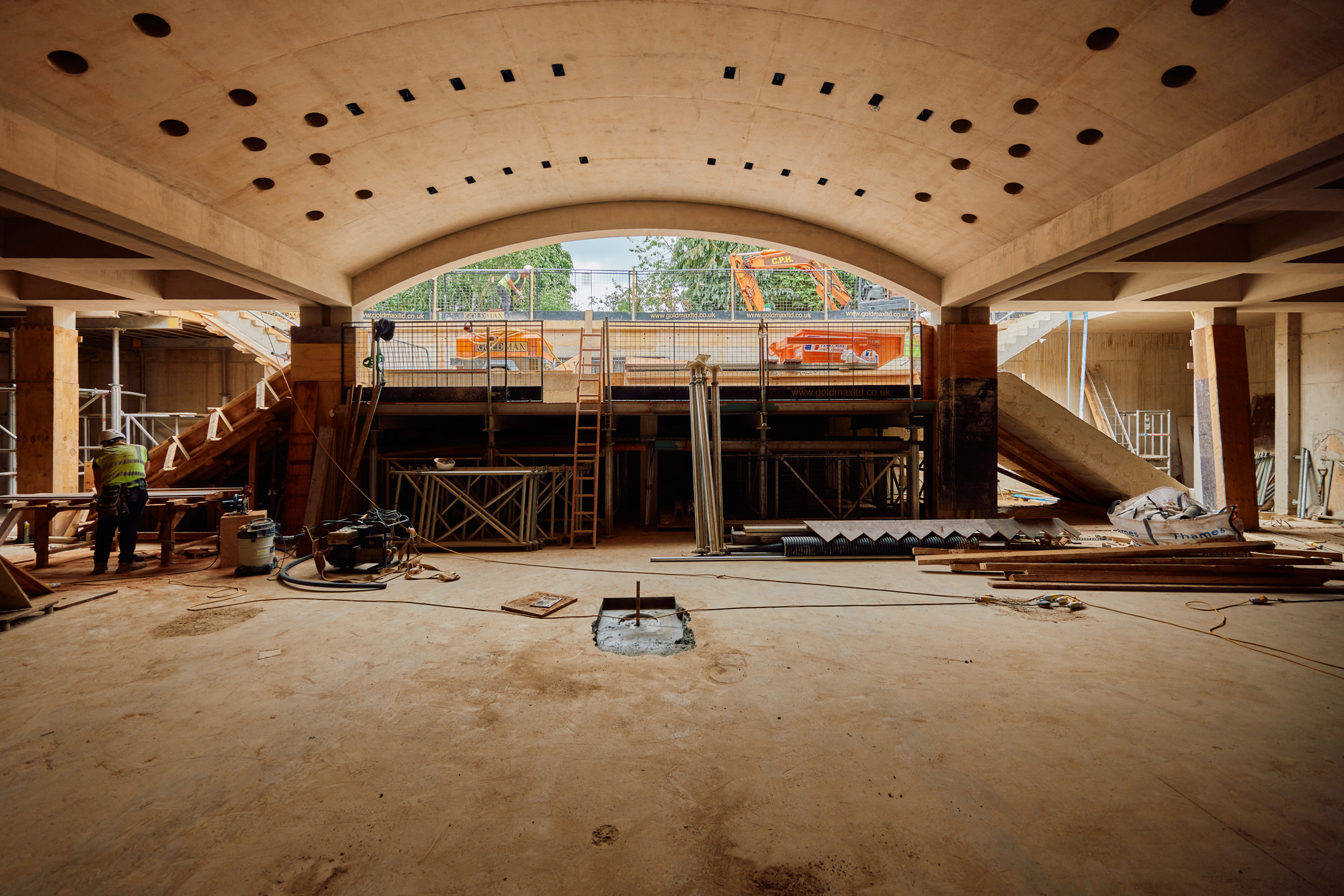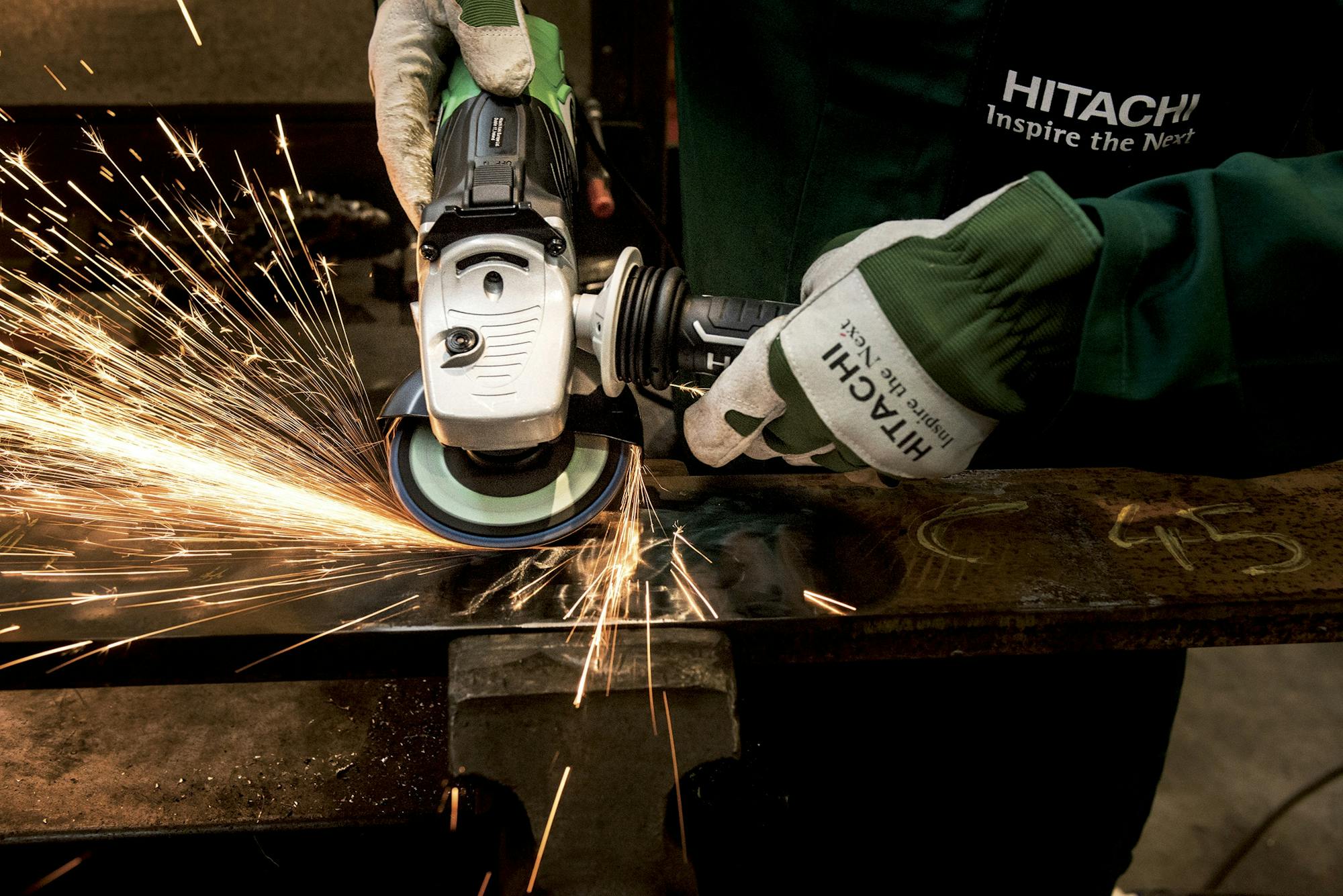Work has been challenging recently — lots of projects rolling through the office and plenty of deadlines to meet. In fact, it’s been so busy that my director has recently hired a new AI colleague, Evie. There’s been a lot of buzz about Evie, even before they joined our team. They’re supposed to be the answer to all our problems — quick, efficient, precise, and much more intelligent than all the rest of us non-artificial engineers. Don’t get me wrong, I’m grateful for the help but, like others, I’m apprehensive and worried that Evie might be so good that I’m going to be out of a job in a few months’ time.
I come in to work the following Monday only to find that Evie has already been working through the weekend trying to prove their worth. Not willing to be shown up, I dive headfirst into my tasks and I spend the start of my morning picking up where I left off on Friday, putting sizing to a framing solution that was agreed in the last design team meeting. Beavering away over the next couple of hours, I work up preliminary sizing for the typical bay, including slab thickness, primary and secondary beam sizes, column dimensions, foundation layouts, and even a few key details. Impressed with my productive start to the week, I take my work to my boss to run through what I’ve done only to hear, “Oh sorry, did I not mention? We’ve had Evie working on that over the weekend already”. I manage to hold back my frustration and instead suggest that we compare our designs to cross check our work. Instant regret — my morning’s worth of hard work is completely overshadowed by Evie’s supreme efficiency. Not only had Evie completed all the work I had, they had also sifted through vast amounts of data and ran over 10,000 design iterations of every structural member on the project using machine learning to improve each time. This resulted in a perfectly optimised design, clearly outshining my meagre hand calculations. Humbled, envious, and frustrated at my inability to also carry out 2.8 billion operations per second, I take a quick morning break for a hit of caffeine and a reset.
Sadly, my downtime is cut short as an urgent call comes into the office. There’s an issue with a project we have on site where the details of the structure don’t match the archive drawings and it’s holding up an area of work critical for maintaining the programme. Although my motivation has taken a hit, I sketch up a couple of solutions within the hour and send them across to the architect and contractor to discuss. We have a quick virtual meeting to decide which of the options works best and proceed with that. Panic over. As coincidence would have it, I find out that Evie also received an email with a site issue on their project at a similar time. I reluctantly go over to their desk to see what miraculous solution they’ve worked up this time, but I’m greeted by a frantic gathering of staff. Evie understood the problem raised in the email but is struggling how to work out to fix it. They’ve managed to use a Large Language Model (LLM) and deep learning image recognition software specially trained with construction industry language to interpret what was being asked in the email and accompanying mark-up. However, the BIM model Evie’s referencing for their decision making doesn’t have any knowledge on the current state of construction, so their suggested solutions are impractical or don’t make sense. One of my fellow human colleagues steps in to help and has to spend the next few hours assigning each element in the Revit model as either “built” or not yet “built”. It takes a few attempts to tidy it up before Evie is able to suggest something suitable and, in the meantime, the client has been on the phone complaining because works on site have ground to a halt. Good thing it’s lunchtime.
Whilst I enjoy my Tesco meal deal, Evie is undergoing their routine maintenance. A simple software update to check for changes to design guidance and a reboot. ‘Simple’ in theory, at least. I get back to see that Evie has crashed, the file they’ve tried to download is corrupt. We’ve both had a rough morning so, putting our differences aside, I step in to help. Just as I replace the corrupt file with a working one, a new project lands in the office.
It’s with a client we’ve not worked before but having been trying to collaborate with for a long time. There’s a catch, though. They’d like to work with us but need a completed scheme design by the end of the day. It’s seemingly impossible, as Evie and I are the only ones available to spend time on it. However, determined to win the project, we agree to work together. If the morning has taught us anything, it’s that we clearly have different strengths, so we divvy up the tasks. I call the architect to discuss the concept and we agree on some basic parameters and constraints. I pass these on to Evie who takes the proposed massing and, in a few minutes, suggests a series of potential structural options. Helpfully, with each option Evie has been able to calculate approximate sizes and estimate whole life carbon and cost. Something I’d never be able to do as rapidly. We take this information and review which options work best for the project. Evie doesn’t seem to be able to comprehend fully which options are better than others without understanding the broader context of the project. Luckily, I’m able to bridge the gap with intuition and the nuances that escape Evie’s algorithms. Keen to impress, we opt to take forward two elegant and low carbon solutions.
After giving these the green light, Evie instantly creates two models for each of the chosen structural solutions — one BIM model and one structural analysis model. Thankfully, I give them a once over; in the rush of pulling this all together, Evie misinterpreted a couple of the mark-ups I gave them. I tidy the models up to prevent any errors and hand them back to Evie. They run a structural analysis on both options to size the members which then feeds back into the BIM model automatically. The drawings are ready straight away, so I call up the architect to discuss the options. There’s a clear preference for a timber frame, so we agree we’ll take that forwards, but it needs a few tweaks to meet the architectural ambition. I go back to my desk and let Evie know what these are and, within a few minutes, the structural analysis has been re-ran and drawings have been updated. Evie’s generative capabilities have even prepopulated details and annotations. Deadline met.
Both our client and boss are delighted we’ve managed to turn this around so quickly. As it turns out, my relationship with Evie is synergistic and doesn’t need to be competitive. Perhaps my fear of being replaced was a bit premature and perhaps all the hype around Evie doesn’t quite live up to the reality. Going forwards, we decide to work as a partnership, each tackling what we do best. Evie takes on the number crunching and repetitive tasks which, to be honest, I find a little tedious. This frees me up to focus on the intricacies of good engineering design and adding creative flair to the project.
With another hard day’s work done, I log off for the night leaving behind a quiet productivity. Evie is churning through another data set as I’m off to get some much-needed rest. I look forward to working with Evie again, augmenting each other’s capabilities to tackle future challenges with an efficiency and finesse neither of us thought was possible.






